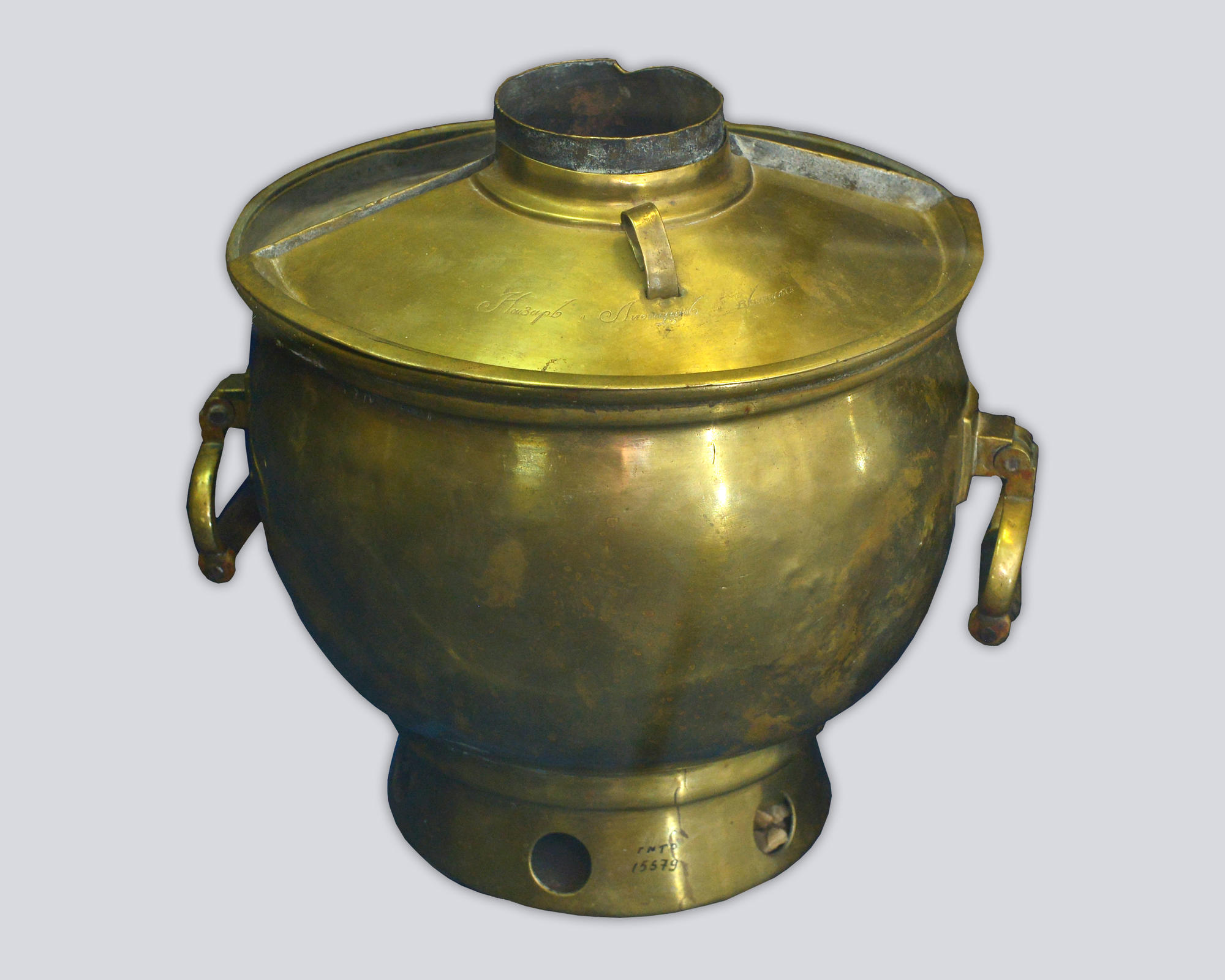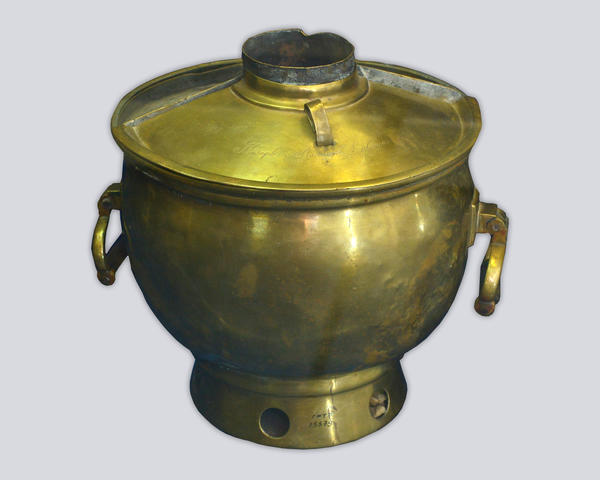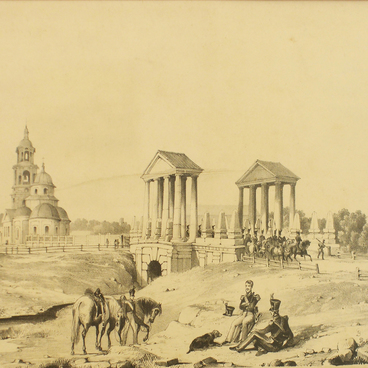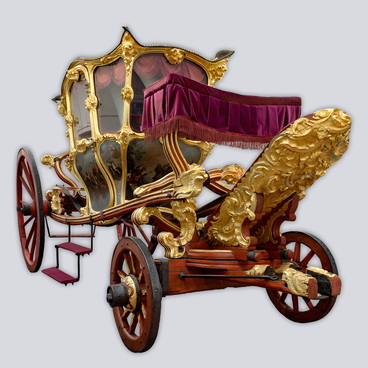Historians do not yet know for sure who made Russia’s first samovar and when. According to various written records, one of the oldest Russian samovars was manufactured in the 1730’s-1740’s by the Irginsky Plant, which was situated in what is now the Sverdlovsk Region.
#1
Samovar cooker
#2
#4
The ancestor of the classical samovar is the sbiten kettle, a copper kettle with a firebox and a chimney. It was used to brew sbiten, a hot honey drink with herbs and dried berries, sometimes with spices. It was a cheap kind of tea, often sold in fairs, a good heating drink in cold weather.
#5
Samovars appeared in Russia when Asian tea began to be imported. In the 17th century, tea was expensive, so common peasants could not afford it for quite a long time. Gradually, the price went down, and tea grew into one of the most popular Russian drinks. And in the 18th century, the samovar became an essential component in every home. Not only did it warm up a few litres of water at once for family tea, but also kept the room warm in cold seasons.
#6
Soon, factories in the Urals and in Tula began to make samovar cookers as well as samovar kettles. They were made in the form of deep tea bowls on legs. Inside, they would have several compartments where one could cook food and boil water at the same time. Owing to such multifunctional capability, samovar cookers were used in households for a long time, especially in small towns in the province. They were both a typical kitchen utensil and a travel accessory providing a quick hot lunch and tea during a halt.
#7
The samovar on display was manufactured in Tula. It is clear from the inscription engraved on the lid: Nazar Lisitsyn in Tula. In 1778, the Lisitsyn brothers, Ivan and Nazar, opened a samovar factory in Tula. At the beginning, it produced a little less than 500 items per year, but over time the output grew to 625. About half the production was sold in Tula, the others were brought to other cities for sale. The Lisitsyns’ samovars were famous for their quality and diversity of shapes and finish.
читать дальшескрыть
00:00
00:00
1x
Samovar cooker
Размер
35x30 cm
Техника
Выколотка
Выставка
Открыть в приложении
Поделиться



